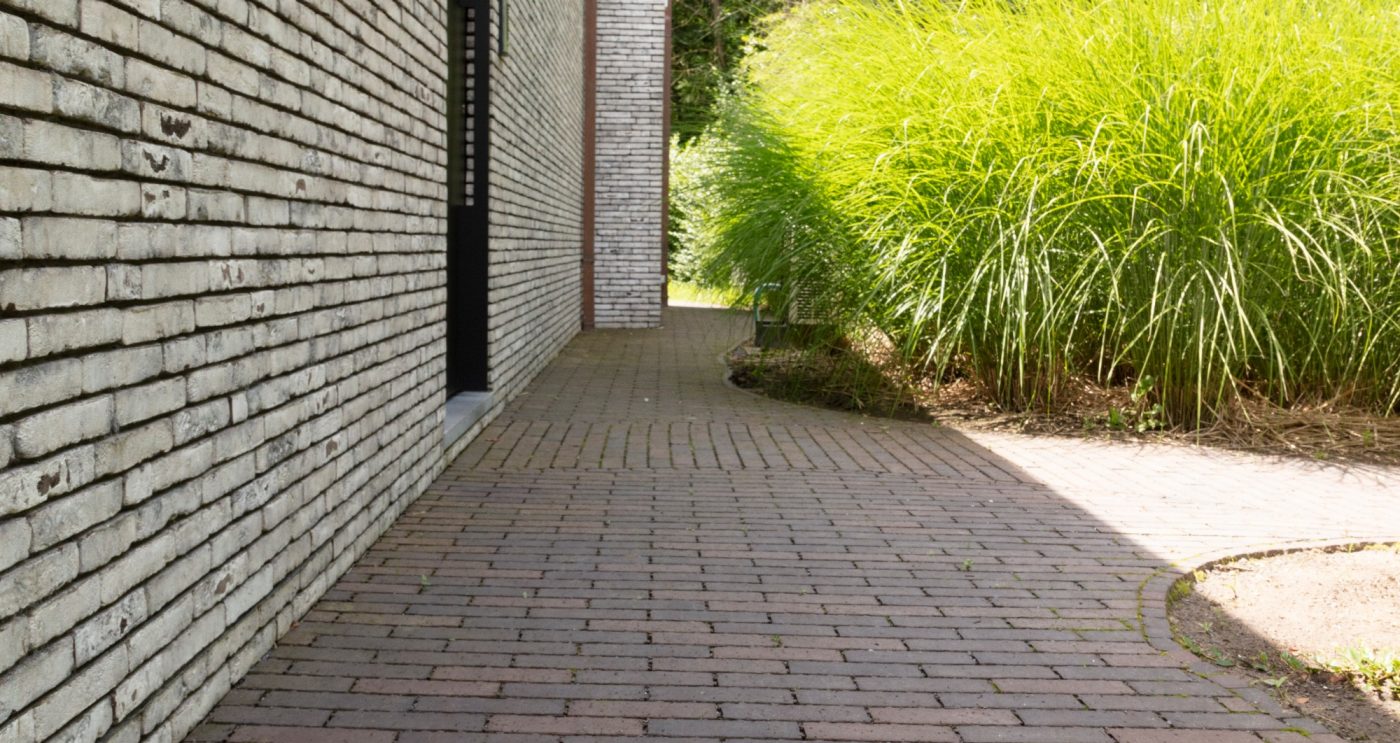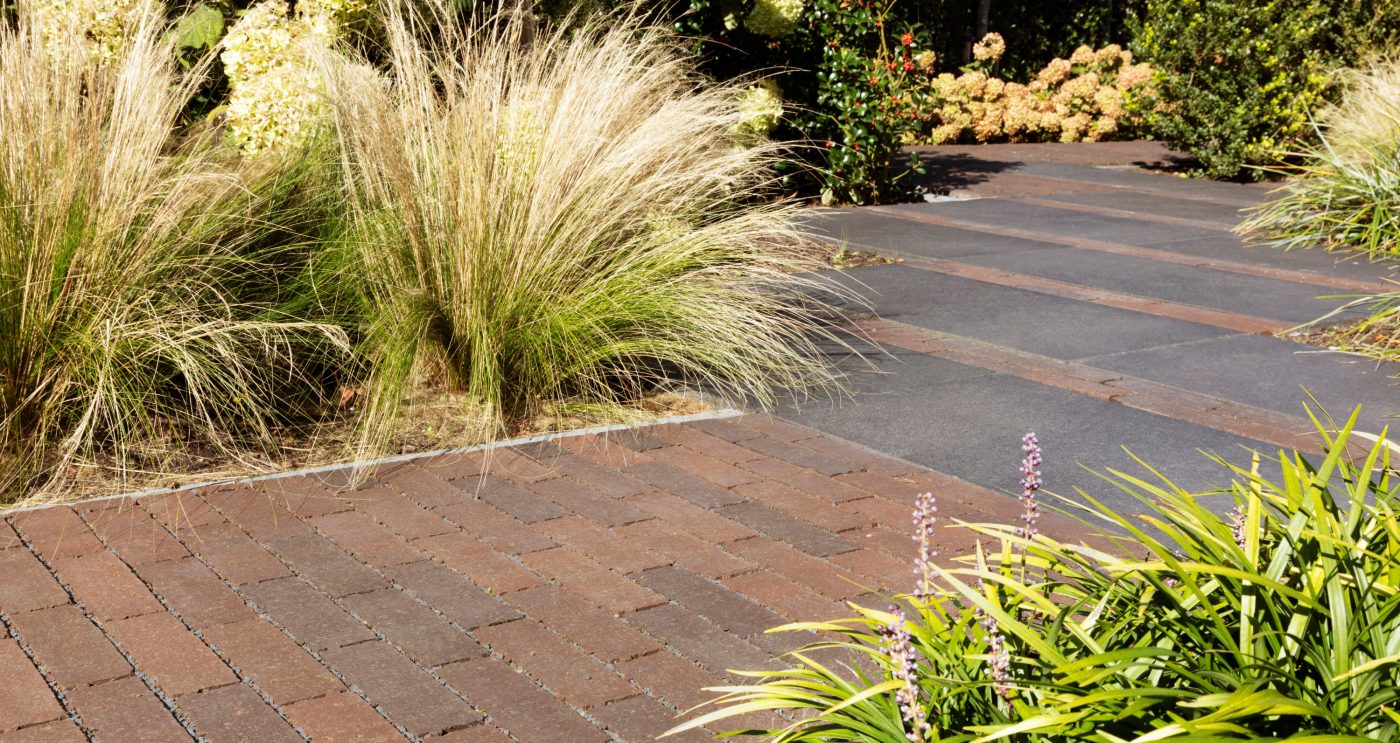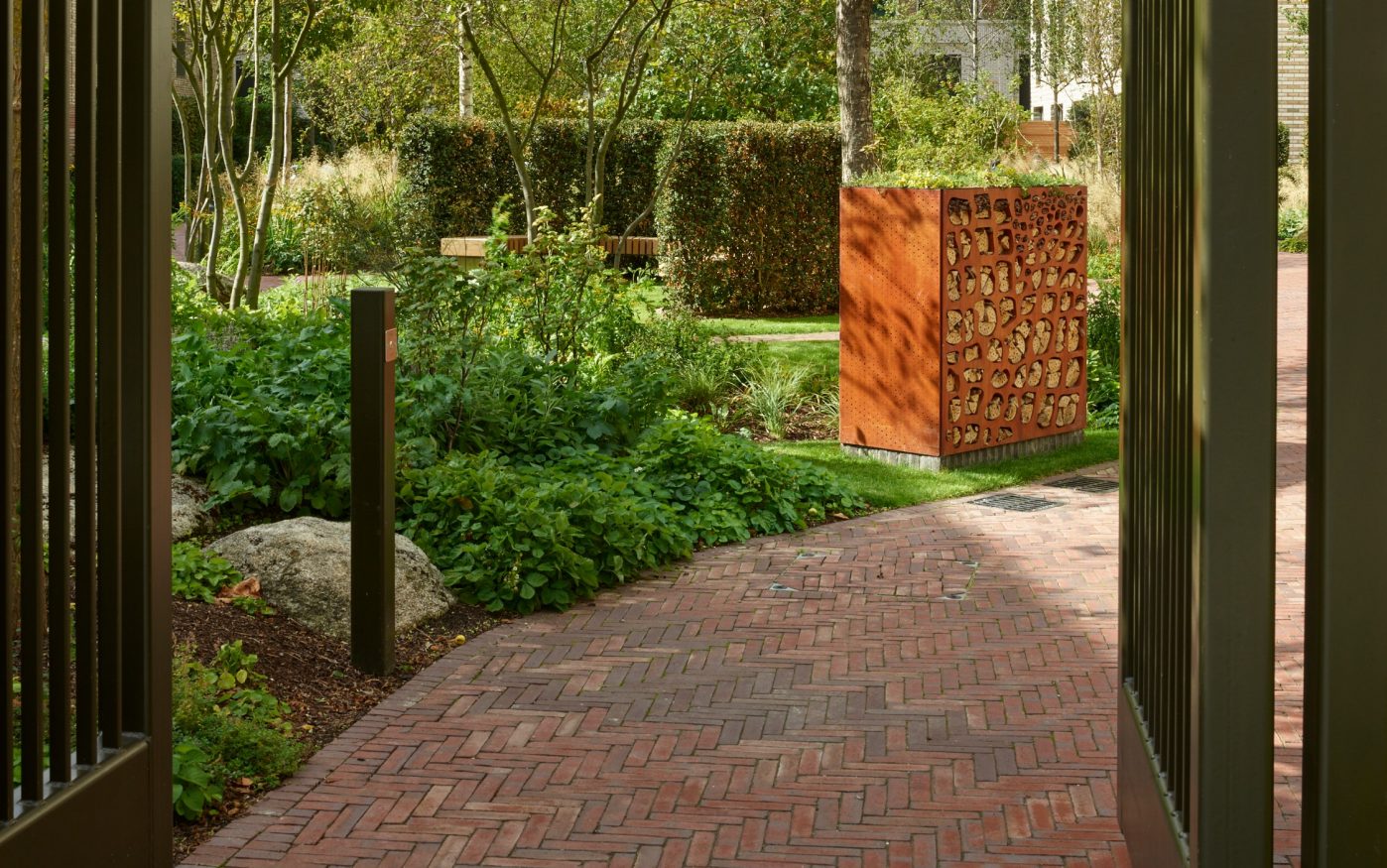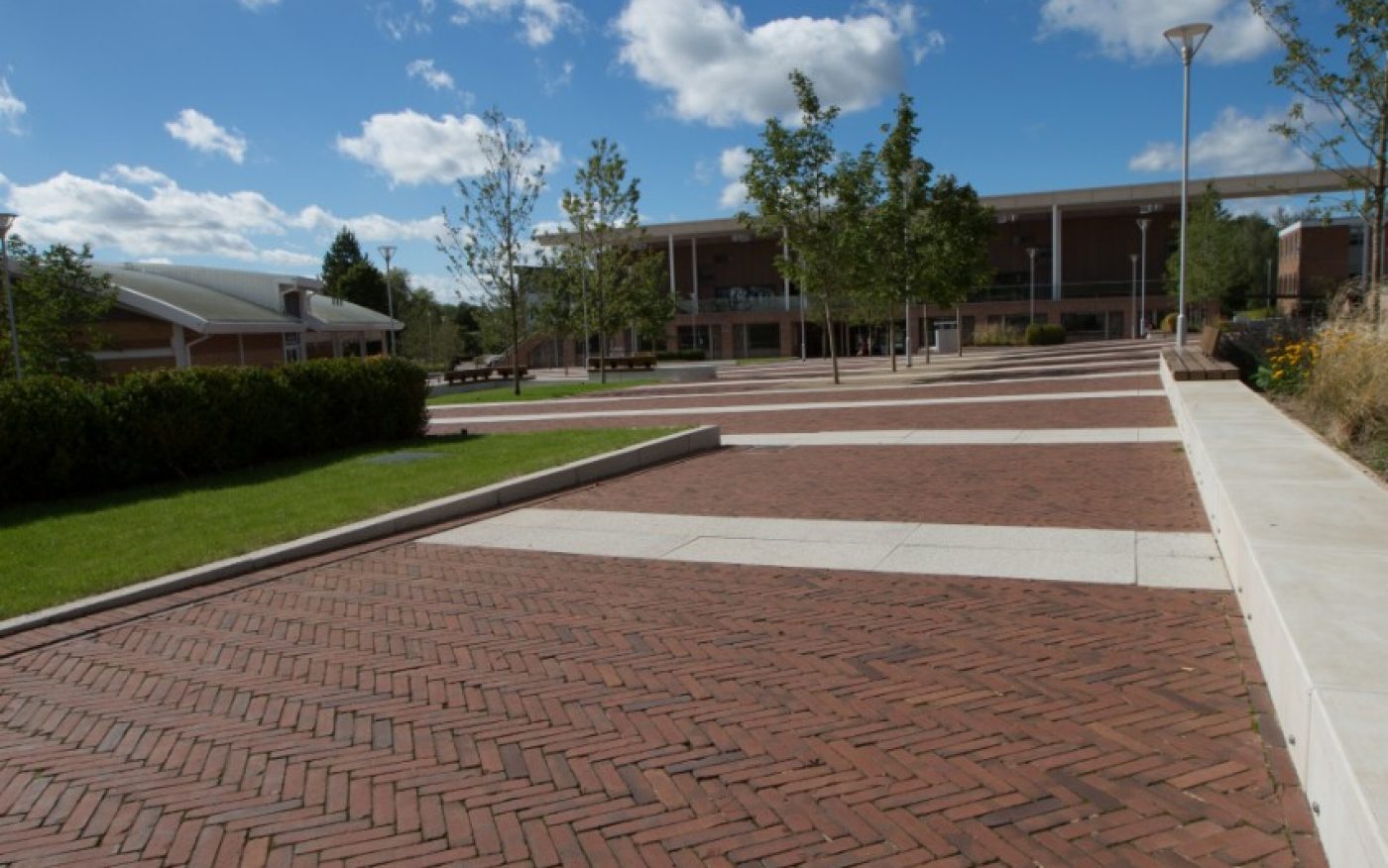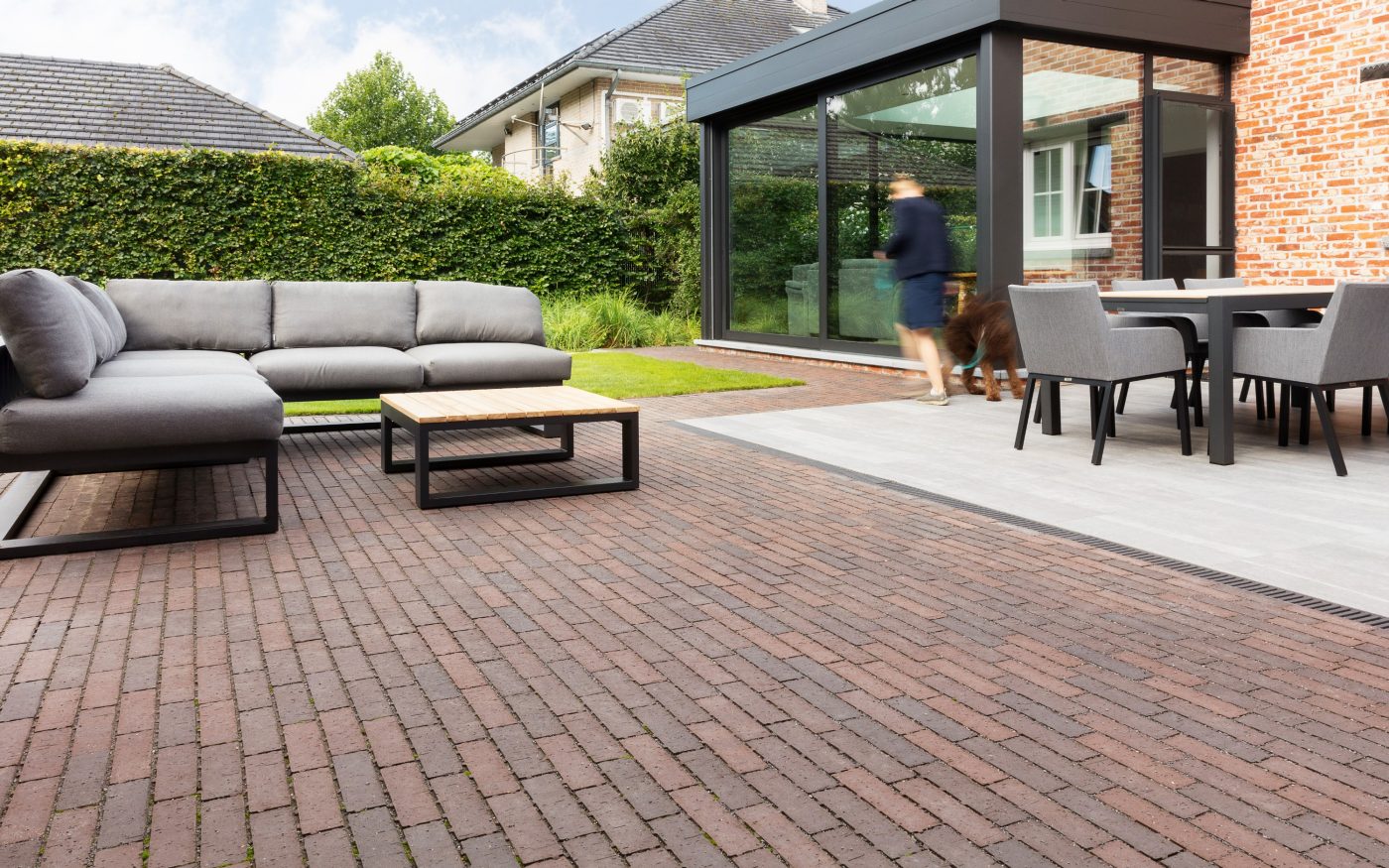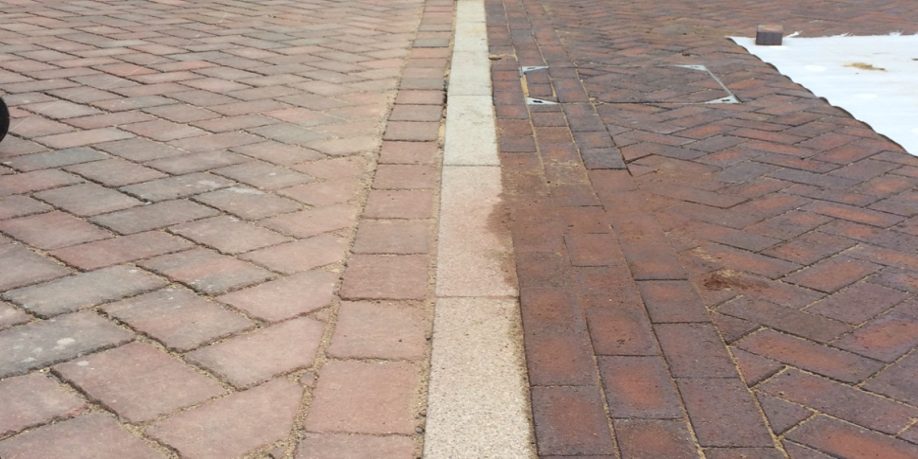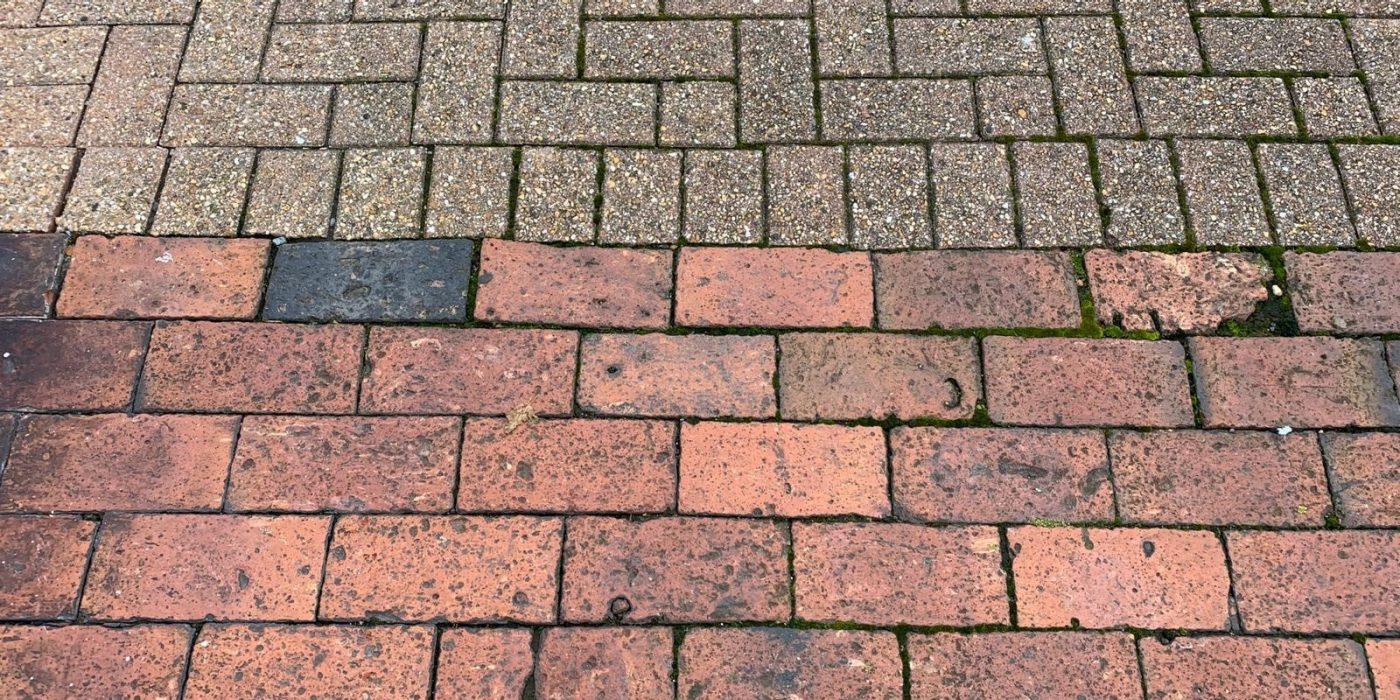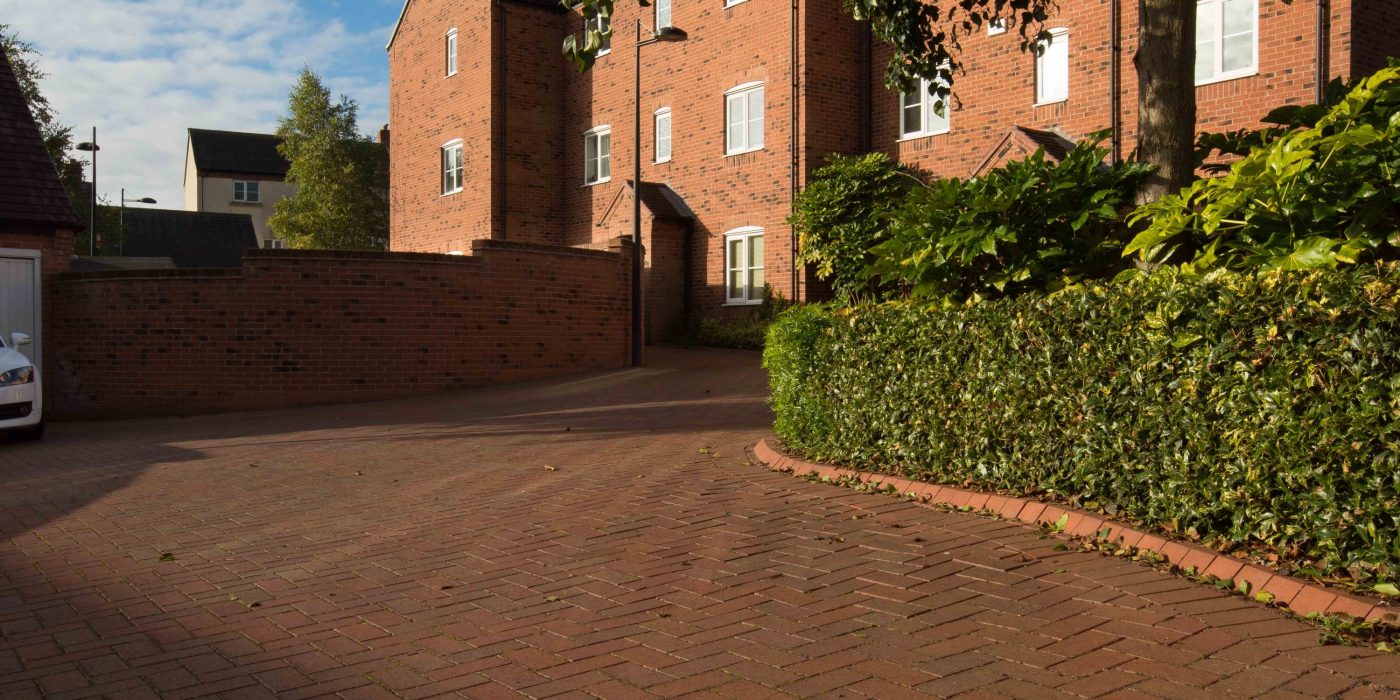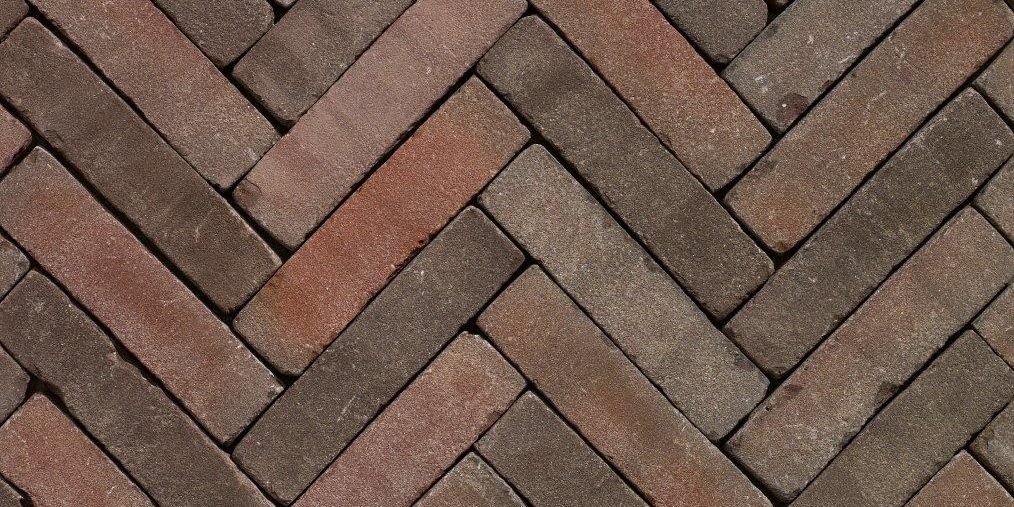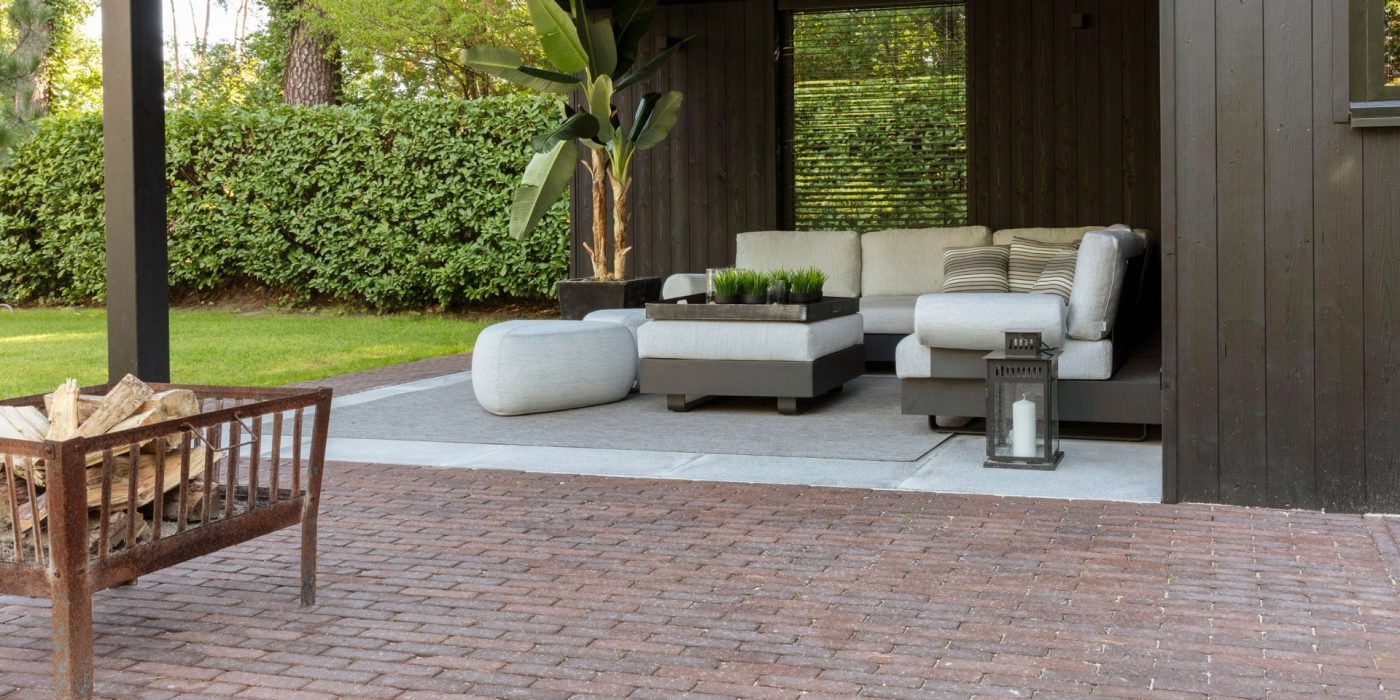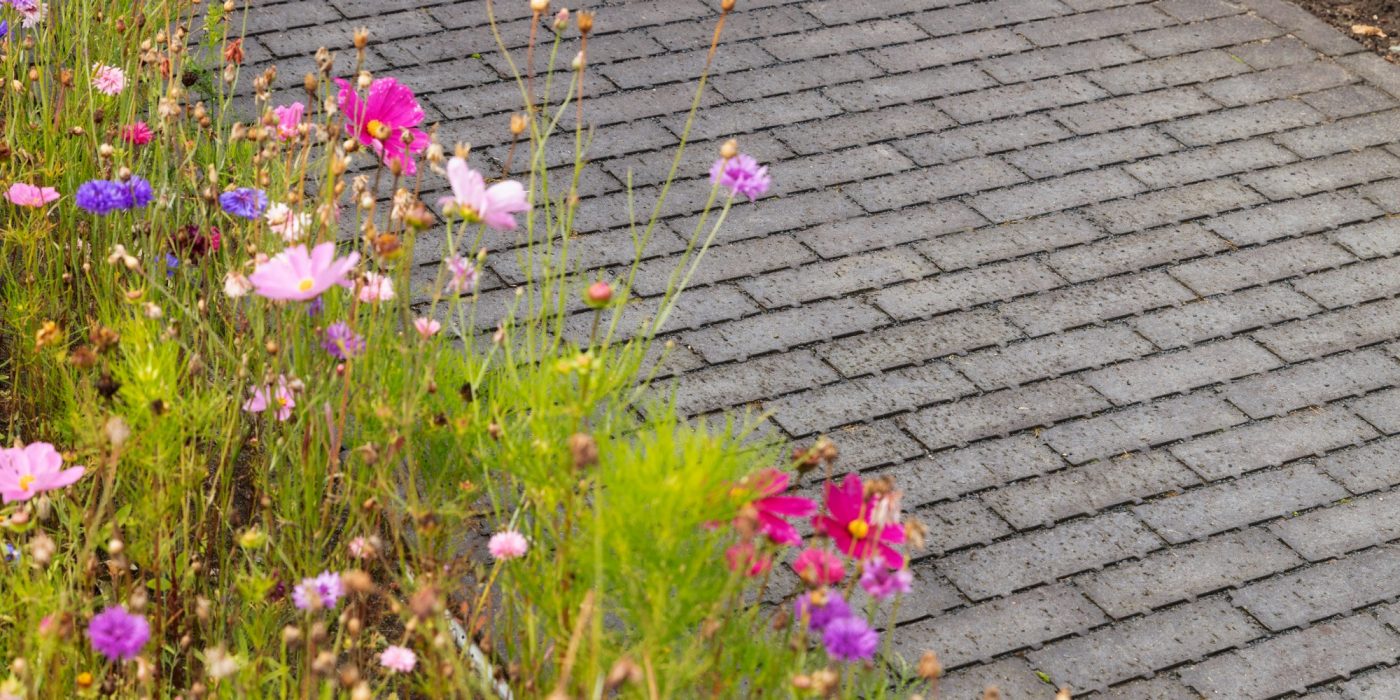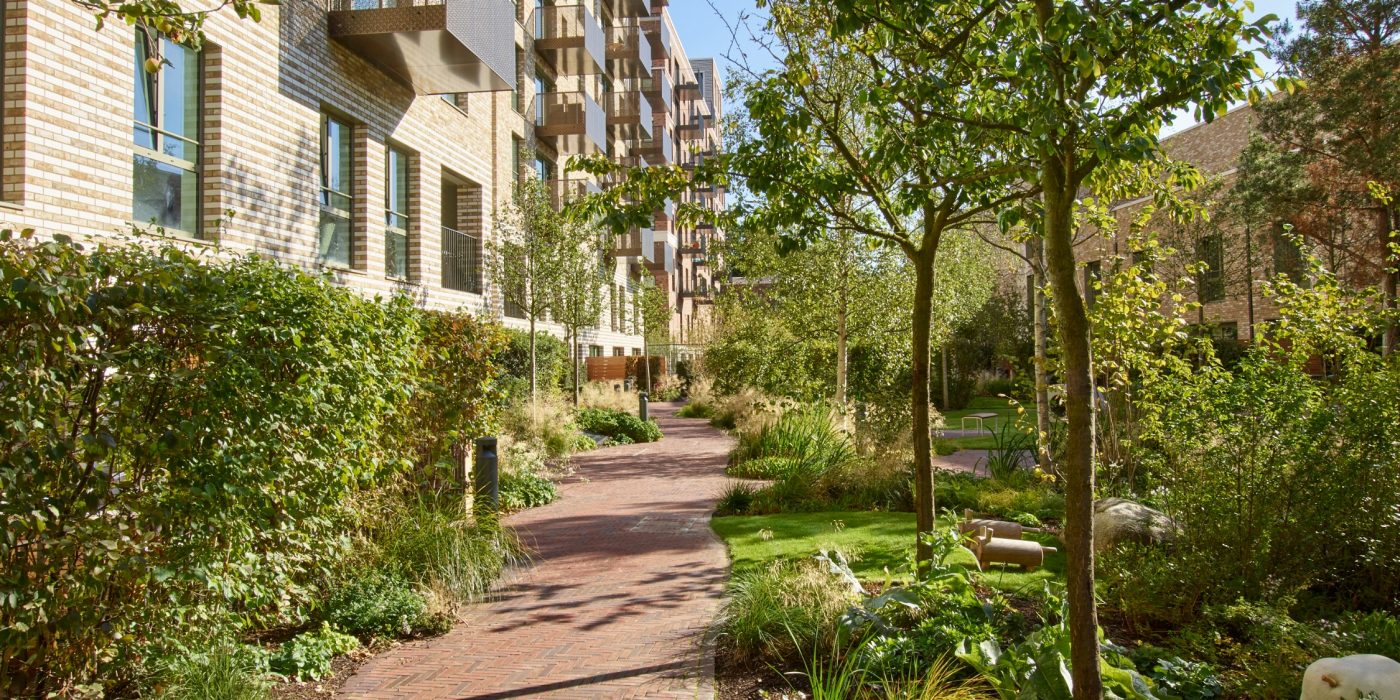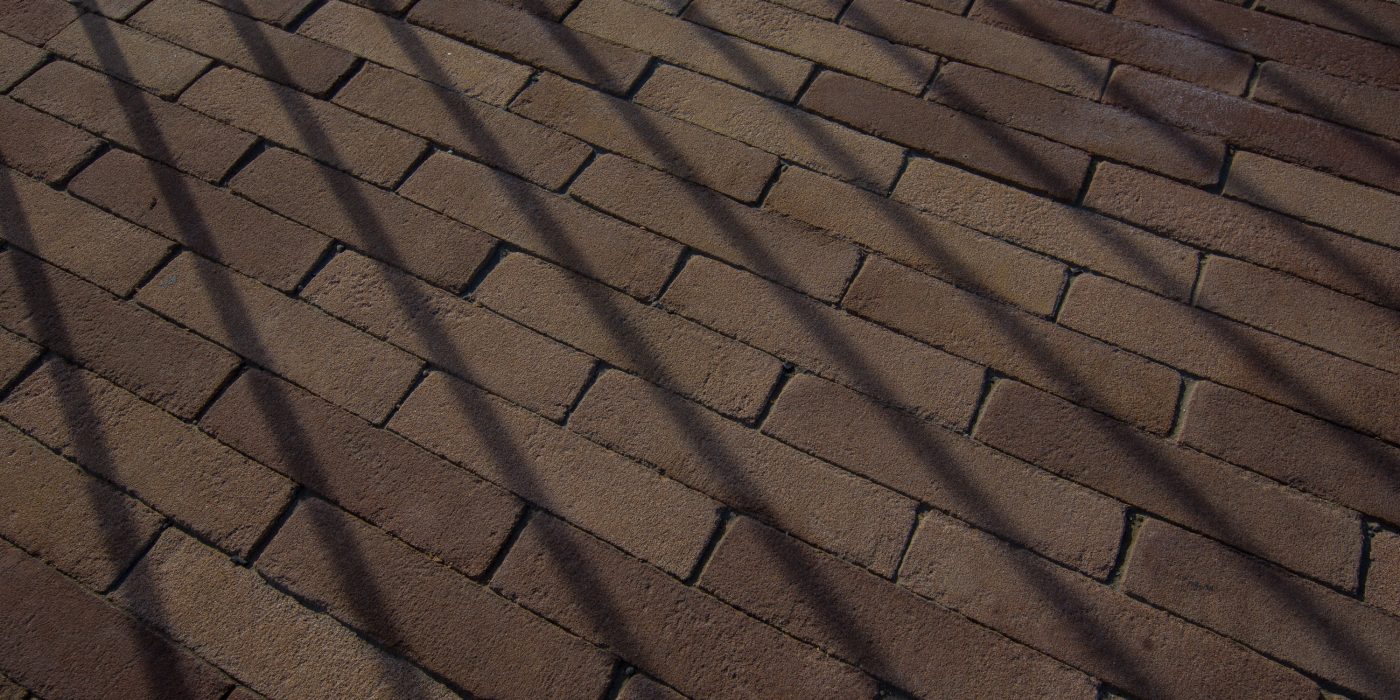Clay pavers are durable, retain their colour and have a long service life at 125 years1. All these factors mitigate the higher upfront cost and carbon impact of the paver since you should not need to replace them for over a century. Clay pavers can withstand high traffic footfalls and the colour will not fade over time, making them perfect for the use in commercial projects or domestic applications.
In contrast, concrete pavers have a low upfront carbon cost but a shorter service life of 50 years8. Concrete pavers are more susceptible to erosion so when used in projects that will have high footfalls, this can result in spalling. When this is combined with their relatively short service life; it increases the frequency of replacement if used in public or commercial projects. The colour and surface texture of concrete pavers will change over time, so maintenance requirements or replacement could undermine the low upfront cost and carbon impact.
Choosing the Right Paving Material for Your Project
Ultimately, both clay and concrete pavers offer viable options for environmentally conscious landscaping. There is no right answer for everyone but there is a right answer for each type of project. The questions you need to consider are:
1) Are you selecting pavers for a domestic, commercial, or public space?
2) How will the space be used?
3) What is the anticipated lifespan of your landscaping project?
4) What is your upfront budget?
5) Who will be responsible for maintenance and how will it be funded?
6) How important are long term aesthetics?
7) How often do you want to have to replace the pavers?
By weighing up the different attributes of clay and concrete pavers through these questions, you can make an informed decision that aligns with your project vision and values. Whether creating a courtyard at home or an urban plaza, the right paving material sets the foundation for the landscape and influences people’s experience of a place.
